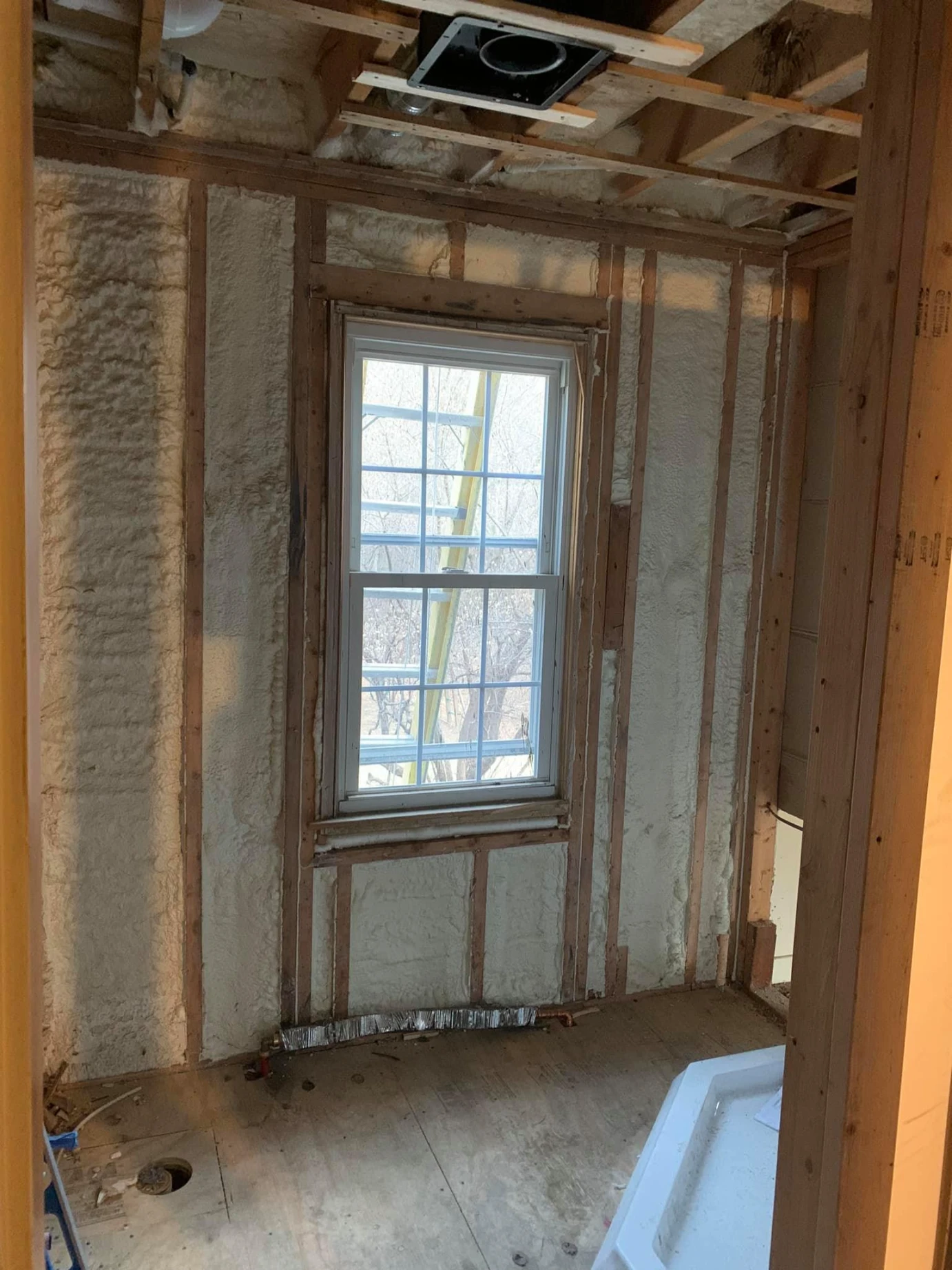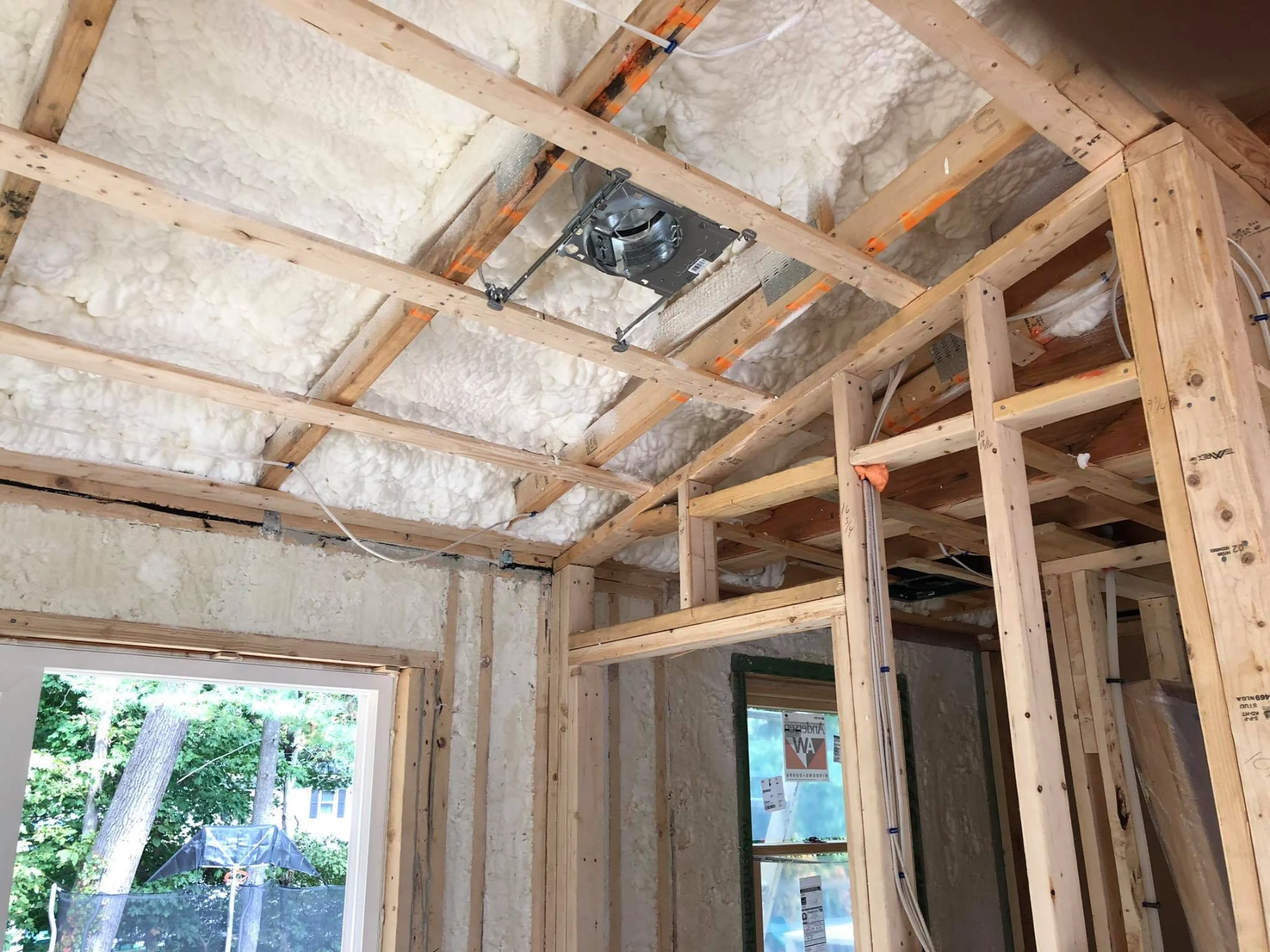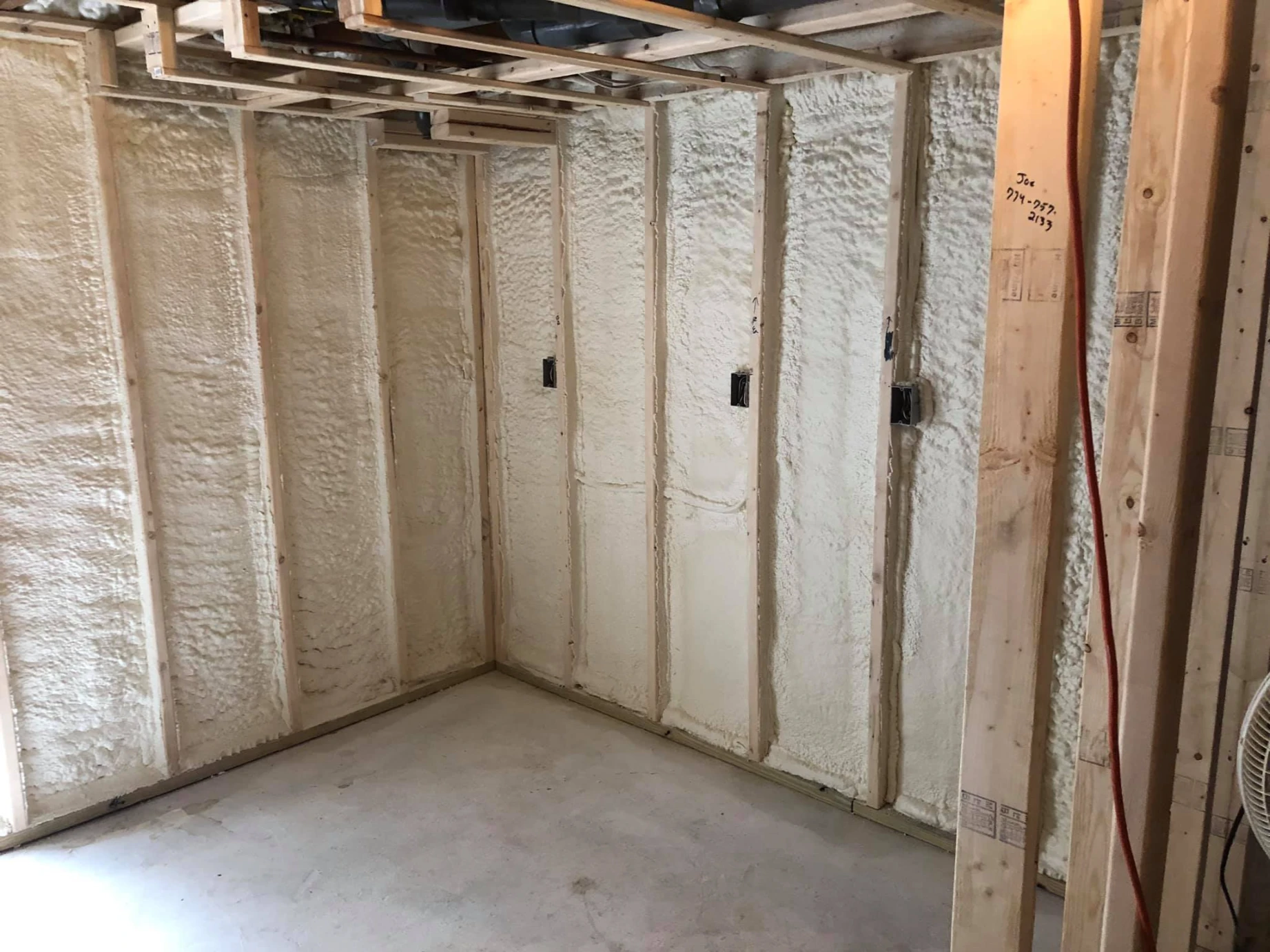
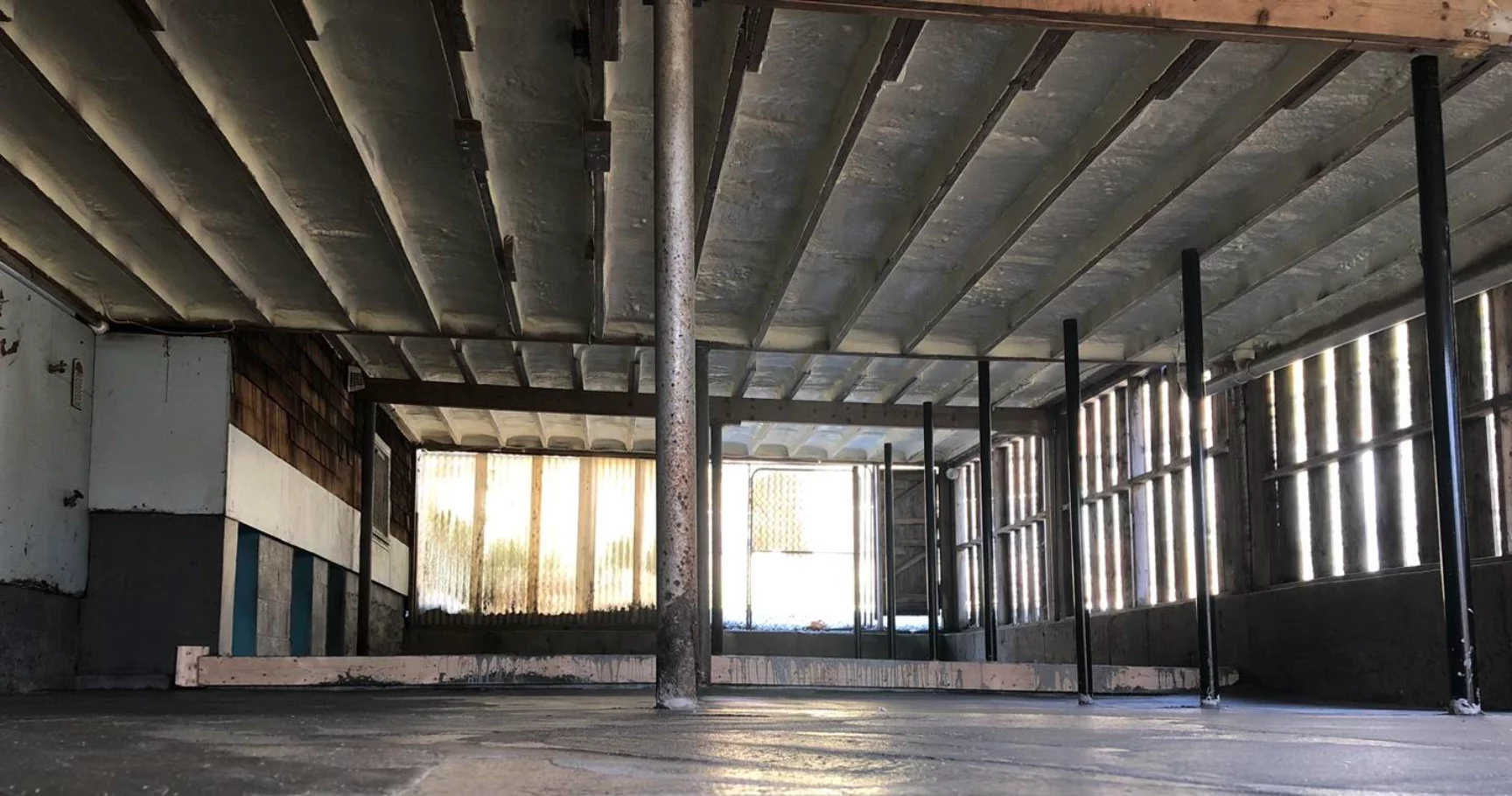
Intumescent coatings and fire-retardant paints both serve to reduce fire risk, but they work in different ways and are used in different scenarios. Intumescent coatings expand under heat to form a thick, insulating layer that protects surfaces, especially structural elements. Fire-retardant paint slows the spread of flames and reduces smoke generation, but does not provide the same thermal barrier.
Lamothe Spray Foam Insulation applies both systems depending on fire safety code requirements, substrate materials, and thermal resistance objectives. This article outlines how each works, where each fits best, and how to decide between them based on technical and practical factors.
Lamothe Spray Foam Insulation applies coatings in both residential and commercial environments across the Northeast, accounting for local code compliance and temperature/humidity variations in seasonal climates. All recommendations reflect direct field experience with substrates like wood framing, steel beams, and spray foam insulation.
| Feature | Intumescent Coating | Fire-Retardant Paint |
|---|---|---|
| Primary Function | Thermal insulation during fire | Slows ignition and flame spread |
| Fire Reaction Mechanism | Expands to form char barrier | Forms a chemical shield to suppress fire |
| Expansion Under Heat | Yes (up to 50x original thickness) | No |
| Thickness After Application | Thick (up to several millimeters) | Thin (similar to regular paint) |
| Application Surface Suitability | Steel, wood, spray foam, concrete | Drywall, wood, fabric, decorative surfaces |
| Duration of Fire Protection | Up to 2 hours (depending on system) | Typically under 1 hour |
| Visual Appearance | Usually textured or matte | Smooth, decorative finish |
| Reapplication Frequency | Low (long-term solution) | Higher (depending on wear) |
| Specification | Intumescent Coating | Fire-Retardant Paint |
|---|---|---|
| NFPA 286 Compliance | Yes (on tested systems) | Yes |
| ASTM E84 Flame Spread Index | 0-25 (Class A) | 0-25 (Class A) |
| Thermal Barrier Rating | Meets thermal barrier requirements over foam | Does not qualify as a thermal barrier |
| Expansion Ratio (Foam Char) | Up to 50:1 | N/A |
| Common Application Thickness | 30-300 mils (wet film) | 6-10 mils (wet film) |
Bonus Tip: When used over spray foam insulation, only intumescent coatings meet IRC thermal barrier codes. Fire-retardant paint alone is not compliant in this scenario.
Bonus Tip: In Massachusetts and surrounding states, fire marshals often require intumescent coatings in basement remodels with spray foam insulation due to code stringency.
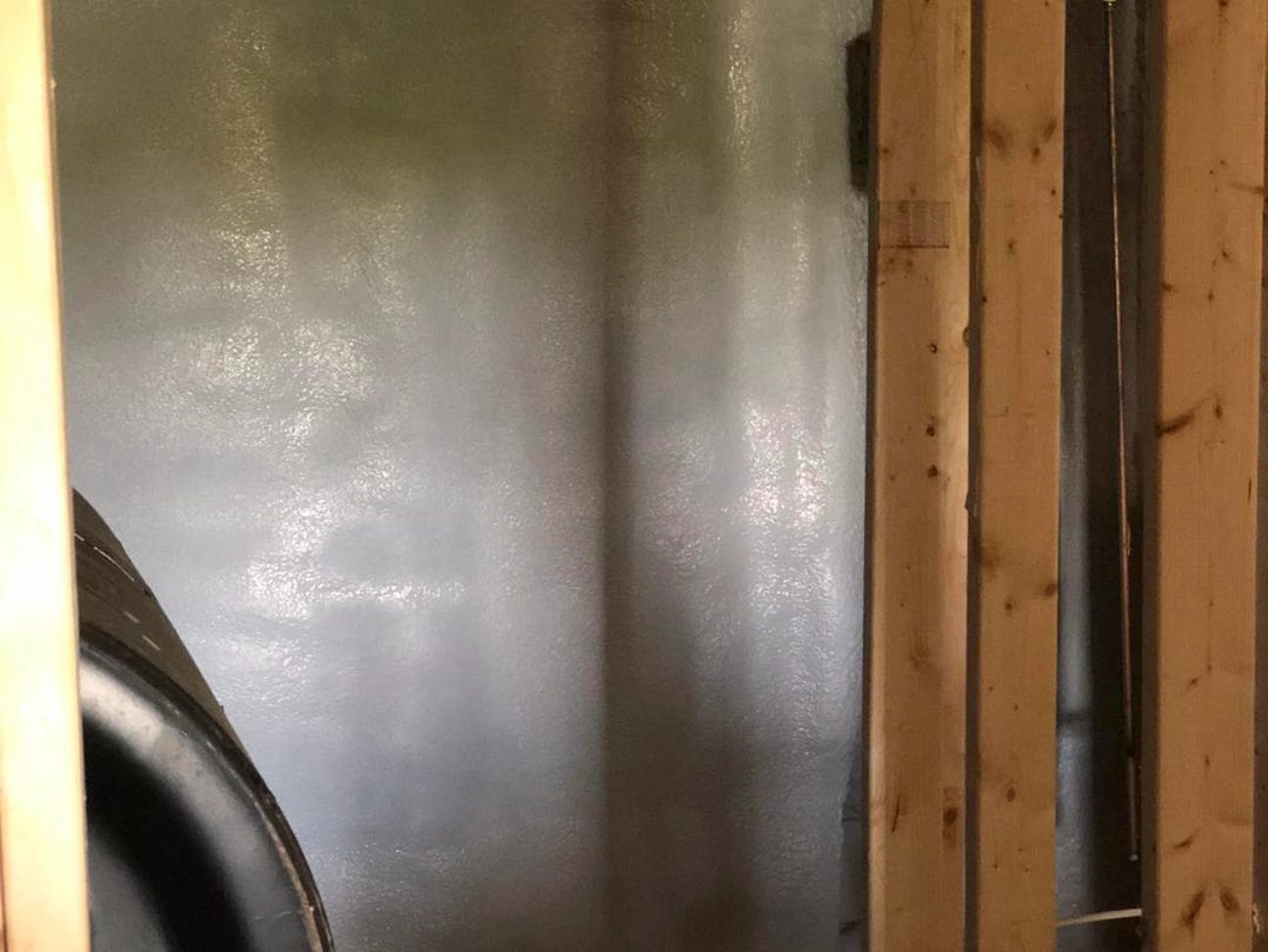
No. It does not qualify as a thermal barrier over spray foam per IRC code. Use intumescent coating instead.
Yes. It adds thickness and a matte or rough finish. Not suitable for visible decorative areas.
Some products are, but it depends on the brand and application surface. Reapplication may be needed after cleaning.
In specific cases, yes. For example, a base intumescent layer followed by a fire-retardant decorative topcoat.
Choose based on material type, fire safety code, and functional needs. Intumescent coatings are required for high-heat protection and thermal barrier compliance. Fire-retardant paint is better for finished, visible surfaces needing flame resistance without thermal insulation.
Need help deciding which coating fits your project? Lamothe Spray Foam Insulation offers expert guidance based on Massachusetts and regional code standards. Contact [email protected] or call (508) 847-0119 to schedule a consultation backed by on-site experience and certified application standards.
Many systems last 10+ years, depending on environment and exposure. Periodic inspection is recommended.
Yes, once cured. Application should follow safety guidelines due to off-gassing during curing.
Only with approved compatible paints. Unapproved coatings may negate fire resistance.
Yes. Manufacturer instructions typically specify application ranges between 50-90°F and relative humidity under 85%.
Yes. Both types can be brush, roller, or spray applied, though spray ensures better coverage on large surfaces.

